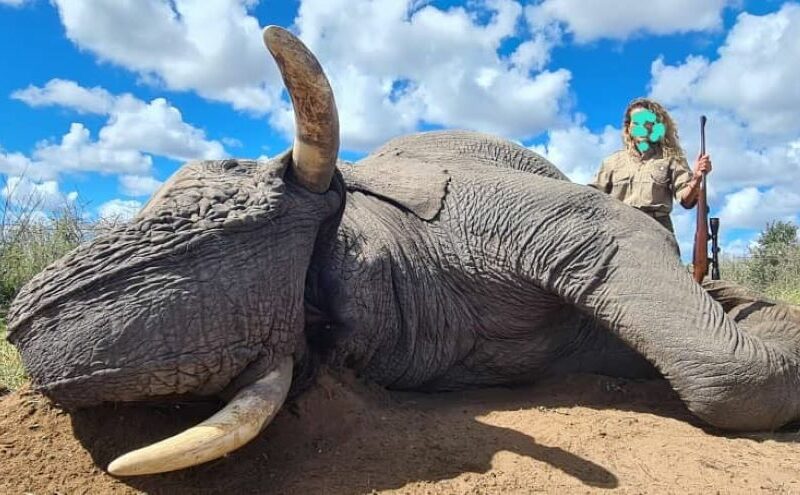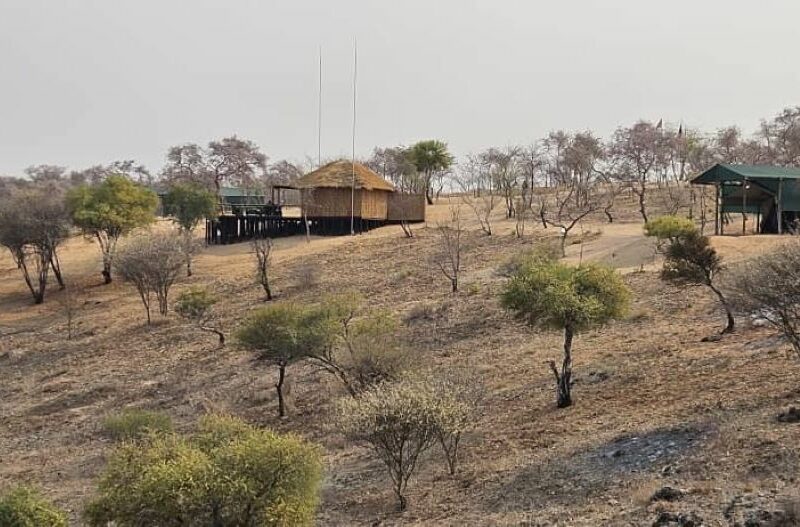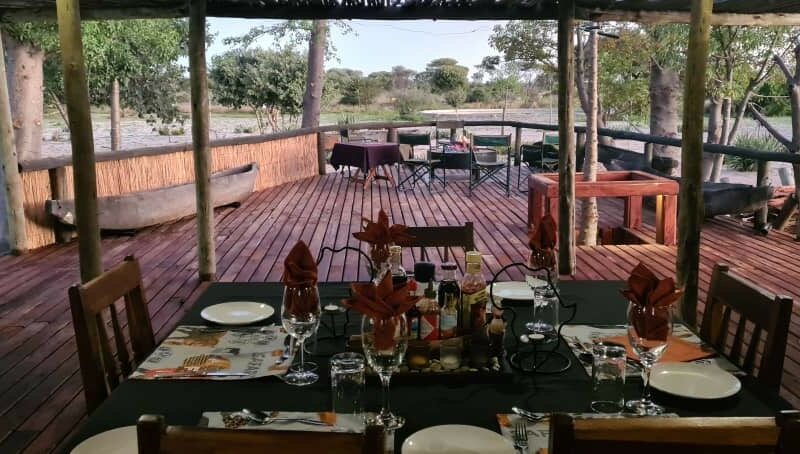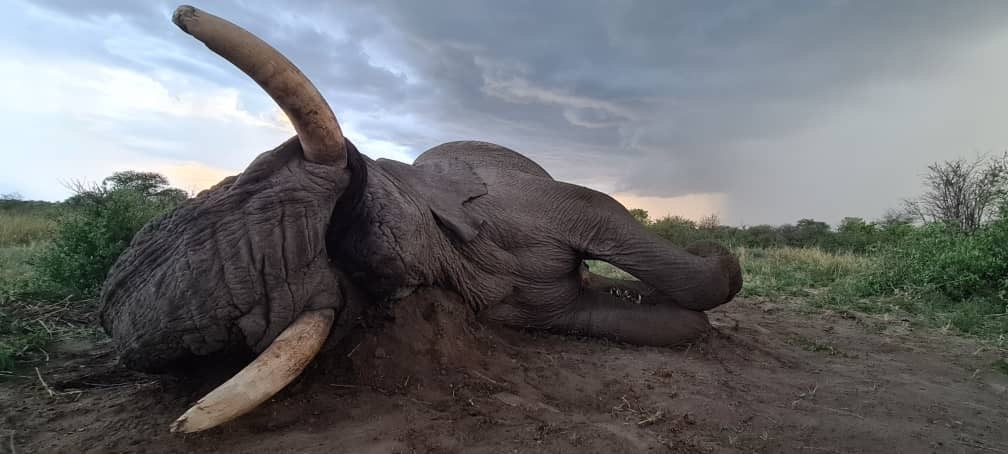Elephants have been hunted in Namibia and have roamed the African savannas for thousands of years. Many modern-day Africa hunts are focused on harvesting one of these giants, the size of double-decker busses and weighing over 16,000 pounds. A bull elephant, which is equipped with tusks of 100 pounds and over is considered by many African big game hunters as the ultimate dangerous game hunting trophy.
Namibia is a prime destination for African big game hunting, Due to the sustainable use of natural resources, every year more than 5,000 hunters are attracted to this beautiful country. From the Skeleton Coast to the Namib Desert, Namibia is truly wild Africa, perfect for elephant hunting adventures.
The number of mature bull elephants hunted annually is determined at a rate of .5% of the total elephant population.
[DYNAMIC-BLOGTABLEOFCONTENT]

Revenue from elephant hunting in Namibia is used exclusively for both community and elephant conservation. Namibia’s elephant population is increasing and the control of the ivory trade assists with the long-term survival of the elephant populations.
The below graph shows the increase in elephant populations since 1994 as provided courtesy of the NCE, the Namibian Chamber of Environment.

The Conservation History of Elephant Hunting in Namibia
Elephants in Namibia are classified as “specially protected” under the Nature Conservation Ordinance, Ordinance 4 of 1975. Namibia joined and signed with CITES (Convention on International Trade in Endangered Species) on the 18th of December 1990, and to date remains an active member of the international convention.
Namibia is the only African country that has incorporated wildlife protection into its constitution. The Namibia government allowed residents living in communal areas to protect and manage their own natural resources by forming communal conservancies. These conservancies working hand-in-hand with the World Wildlife Fund, government, nature conservation, and outfitters, while promoting trophy hunting in Namibia have restored populations of African elephants, along with lions, cheetah, and black rhinos.
However, hunting in Namibia is focused on Big Five African game animals. From as early as 2018, Namibia has threatened to remove itself from CITES (which decides on the number of permits per huntable species) based on the arguments relating to the hunting of white and black rhinos. Namibia wanted CITES to downgrade rhinos from Appendix 1 to Appendix 2 and thus increase the number of annual permits allocated.
Wildlife Surveys and Game Numbers in Namibia
Elephant hunting in Namibia generates millions in international currency which is allocated to the preservation of wildlife management and conservation. Elephant monitoring is the responsibility of the Ministry of Environment and Tourism. Elephant population estimates have been monitored via aerial surveys since the 1960’s.

n 2023, data from NASCO (Nambian Association of CBNRM Support Organizations) and MEFT (Ministry of Environment and Tourism Namibia) was released showing that since Namibia gained independence in 1990, the population of elephants has increased. Sustainable elephant hunting in Namibia has proven its value and wildlife contributions within this premier hunting destination.
Hunting Lodges in Namibia

African big game safaris, specifically when it comes to elephant hunting take place over long periods in very remote areas. The average length of a big game hunting safari is 21 days. As such, hunting lodges in Namibia are split into permanent and semi-permanent structures allowing the hunting safari group to relocate to different hunting areas with ease.
Hunting lodges in Namibia are geared to be self-sustainable in terms of water supplies, electricity generation, and food reserves.

What are the Long-Term Threats to the Sustainability of Elephant Hunting in Namibia?
The illegal incidents relating to elephants being killed in Namibia have remained low over the last years under review. There are no immediate threats to the elephant population.
Habitat and droughts are always a concern. Even through lengthy periods of droughts, elephants have been able to thrive, due to access and knowledge of watering points. The long-term survival of the elephants is dependent on their ability to remain mobile and traverse through protected areas.
Modern-Day Elephant Hunting in Namibia
CITES currently issues a national export quota of 90 trophy-hunted elephants (one hundred and eighty tusks) per year. These quotas are subject to change and are reviewed annually. Elephant hunting in the Caprivi Strip produces adult bulls with an average tusk of 35-45 pounds. These elephants move north from the well-known Chobe Reserve.
Further to the north is Bushman Land, this area is wild free-range. Tuskers above 60 pounds are regularly hunted, and the area has produced many elephants of over 70 pounds.
The Namibian government has taken all the right steps since 1990 to promote sustainable big game hunting and to date has ensured that elephants in Namibia not only survive but thrive. Their ability to have conserved and grown the local elephant population is noteworthy.
Read more about Big 5 Hunting in Africa, or Namibia, a mesmerizing destination for elephant hunting safaris.
Author: P.C. van Wyk
